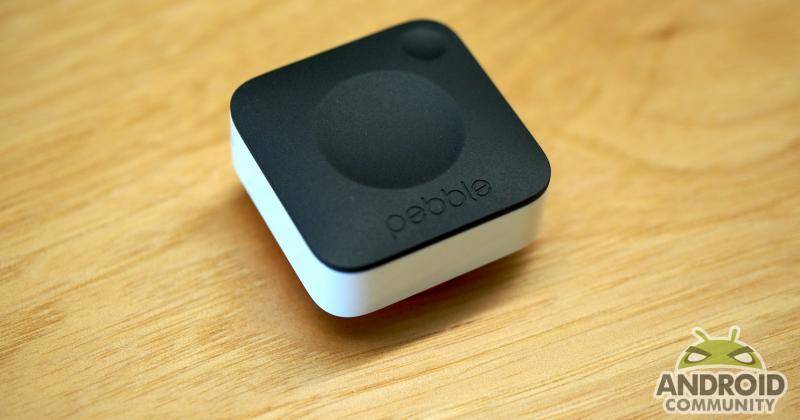
While some runners, athletes, and users with active lifestyles have professed their love for their Pebble smartwatches, they have also complained about having to bring their smartphones just to listen to music while working out. Listening to their pleas, Pebble developed a solution for them. Called the Pebble Core, it is basically a low-power 3G Android smartphone without a display and crammed inside a tiny box. It can stream Spotify if wanted, or play off its meager internal storage. Interestingly, the Pebble Core turned out to be not just the perfect answer to runners. It happens to also be a nifty toy for hackers, modders, and tinkerers, too.
When we say it’s an Android phone, we’re being generous with that description. You could practically think of the Pebble Core as a smartwatch without the watch part. It is powered by a low-power chip that runs Android 5.0 Lollipop and has 4 GB of storage. Despite that, it is loaded with wireless connectivity, including Wi-Fi, Bluetooth, GPS, and more importantly, a 3G connection. That combo, combined with Pebble’s new “Actions” interface, opens the door for interesting possibilities, which Pebble CEO Eric Migicovsky is very much interested in.
Design-wise, the Pebble Core is a small, nondescript white box with black top. That top has two concave “buttons”, a larger main one in the middle and a smaller one in the corner. The sides barely have anything, except for a power switch, a keychain loop, and a headphone jack that double as the charging port, thanks to a short headphone jack to USB cable. Yes, a weird arrangement, but you barely have room for anything else. That said, it also supports Qi wireless charging, but you’ll need to have your own charging pad. On the back is a removable magnetic clip and nothing else, which leaves the door open for all kinds of mounts or attachments.
Although it runs Android, the software that drives the Pebble Core’s functionality are written in Pebble’s favorite language: Javascript. That meant that Pebble had to make a partnership with Spotify to write a version of its app in that programming language. But that also means it has access to regular Pebble apps. You can send voice messages or make voice notes (provided you plug in headphones with a mic), hail an Uber ride, and more. That’s the more that Migicovsky is hoping will draw in hackers and developers, not the usual target market of smartwatch makers. Then again, the Pebble Core hardly qualifies as a smartwatch.
The possibilities are near endless, limited only by a singular button for interaction and limited resources. The potent combination of an open platform like Android and Pebble’s Javascript-based apps does invite creativity, imagination, and perhaps even insanity, in turning the Pebble Core into more than just a music player cum tracker. Applications include car computers accessed through remote display protocols like VNC, smart home sensors, and, in a pinch, maybe and ad hoc 3G connection.
Of course, the Pebble Core is no Raspberry Pi, but at $69, it is a steal nonetheless. Available as a pre-order on Kickstarter, the Pebble Core is scheduled to ship January next year.



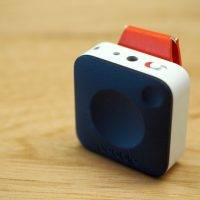
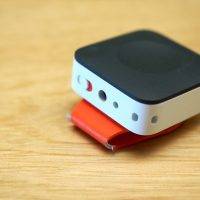
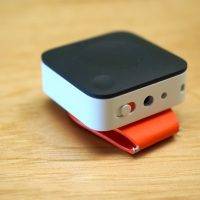

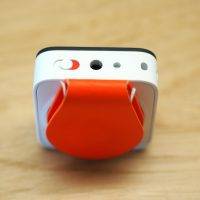


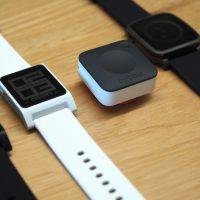
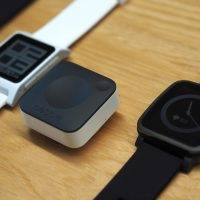
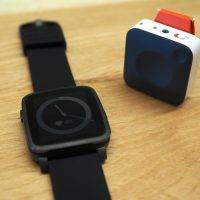








Would it be able to make/receive phone calls? Or at least communicate with a phone left at home? I like this approach better than trying to cram everything into the watch itself (like 3G Android Wear watches do)
So they made and Ipod shuffle?